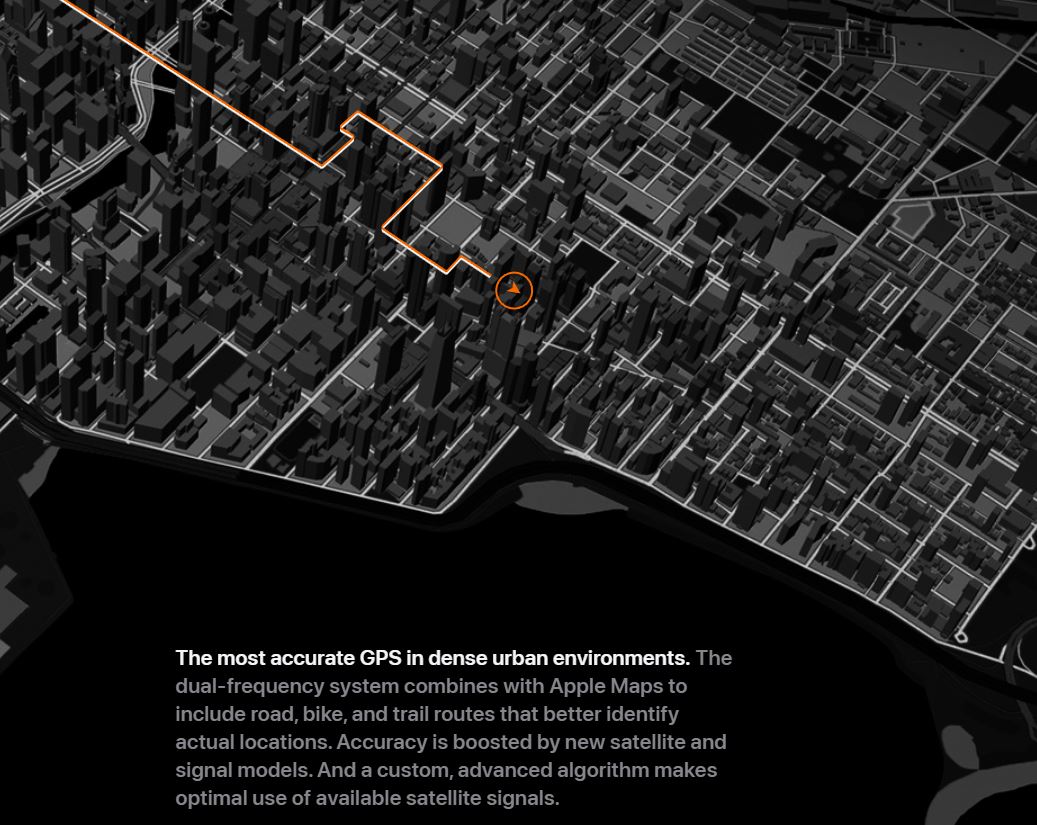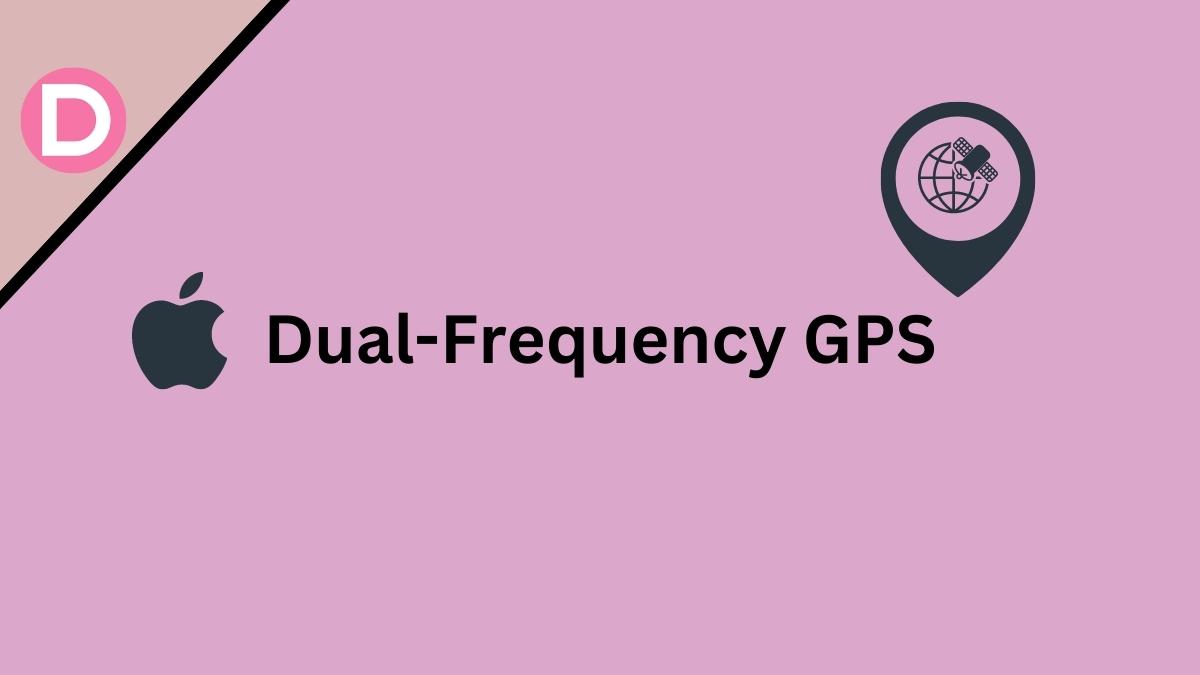The American tech giant recently held a launch event last month. In this far-out event, they launched multiple new products like the iPhone 14 series (iPhone 14, iPhone 14 Plus, iPhone 14 Pro, and iPhone 14 Pro Max) and the Apple Watch Ultra. Apple Watch Ultra has turned out to be the most premium smartwatch from Apple. The tech giant also announced exciting features. However, some features are limited to the iPhone 14 Pro series. We don’t know why, but the iPhone 14 Pro series got a significant jump compared to their predecessors, and the standard variants, including the new Plus model, were less upgraded.
With the launch of the iPhone 14 series and Watch Ultra, Apple also announced exciting features like crash detection, emergency SOS, Satellite Connectivity, Compass Waypoint, Backtracking, Dual-Frequency GPS, etc. Throughout the event, the most emphasized part was the Dual-Frequency GPS. We already know about the regular GPS, and some of us may use it regularly. But why did Apple introduce the Dual-Frequency GPS feature this year? What’s the advantage of using that? We will discuss everything in this article. Firstly, let’s talk a little bit about the regular GPS.
What is GPS?
The word GPS stands for Global Positioning System. The GPS is owned and operated by the Government of the United States of America (USA). It was first launched on February 22, 1978. It provides users with PNT (Positioning, Navigation, and Timing). Regarding technology and its use cases with smartphones, the GPS uses radio waves between satellites and receivers inside your phone to provide location and time information to any software that uses it right on your smartphone.
We are constantly surrounded by Global Positioning System (GPS) signals from satellites orbiting the planet. Hence, your device continuously tracks these signals to estimate your location, even offline. So, GPS service also works when you are offline or your cellular service has expired. GPS helps us by mapping, following a location, keeping track of transport facilities, etc.
Apple also uses this GPS technology and has most of its systems in its devices. Various frequencies are available, and they are separated by the name ‘band’ for better understanding. The GPS uses three frequency bands, namely the L1 Band, the L2 Band, and the L3 Band.
Dual-Frequency GPS introduced on iPhone 14 Pro Series and Apple Watch Ultra
Since the standard GPS uses any of the L1, L2, and L5 solely, the Dual-Frequency GPS uses two frequency bands simultaneously. Standard GPS uses the L1 Band on most devices, but the Dual-Frequency GPS introduced with the iPhone 14 Pro series and the Apple Watch Ultra uses both frequency bands (L1 and L5 band) simultaneously. In simpler words, Dual-Frequency GPS = simultaneous use of L1 and L5 Bands.
But what is the use case of using a Dual-Frequency GPS? Why did Apple implement this feature despite their regular GPS already performing great on their iPhone 13 series and below? Let’s understand the significance of Dual-Frequency GPS.

Why is Apple using Dual-Frequency GPS?
The primary advantage of using Dual-Frequency GPS is to increase the efficiency and accuracy of the system. As the standard GPS uses only one frequency band at a time, having two frequency bands working simultaneously will have a performance jump on the system. The bands used are the L1 Band and the L5 Band.
Since the L1 Band is more ancient, performs accurately, and is reliable. But the frequencies it depends upon do not tend to surpass vast and tall trees, tall buildings, tall departments, etc. That’s why Apple thought to implement the Dual-Frequency GPS in their devices, which performs comparatively better as the L5 Band fulfills all the requirements the L1 Band lacks. The simultaneous operation of both bands helps increase the GPS’s efficiency and accuracy.
As the L5 Band is in its pre-operational stages and cannot perform independently, the companies must use a Dual-Frequency GPS, which also helps when one band damages or stops working.
Suppose you think Apple is the first brand to implement Dual-Frequency GPS on their devices. In that case, you will be surprised to see that other smartphone manufacturer like Xiaomi, OnePlus, and Huawei has been using the feature for quite a while.
There are many things to talk about the Dual-Frequency GPS, and it has many advantages compared to the standard GPS. And you should feel fortunate to have a better navigation system on your device. Though the Dual-Frequency GPS doesn’t make a difference, the standard GPS also performs well.
If you are one of the iPhone 14 Pro and the Apple Watch Ultra users and have witnessed a noticeable change in the navigation system, please let us know in the comments section below. Also, if you face any difficulties with the Dual-Frequency GPS, please let us know. I hope the article lets you understand the difference between Dual-Frequency and standard GPS and why Apple implemented them.



